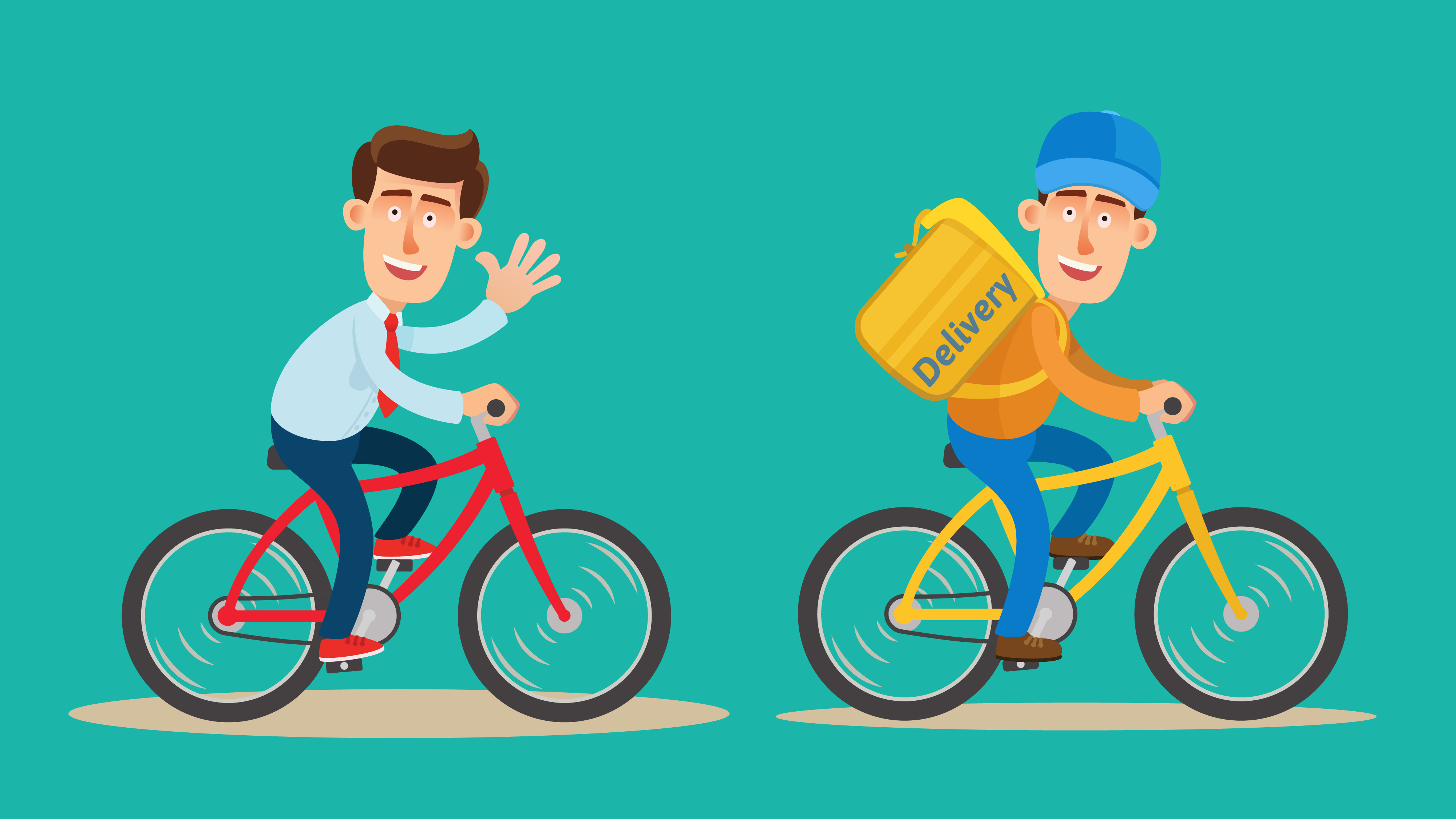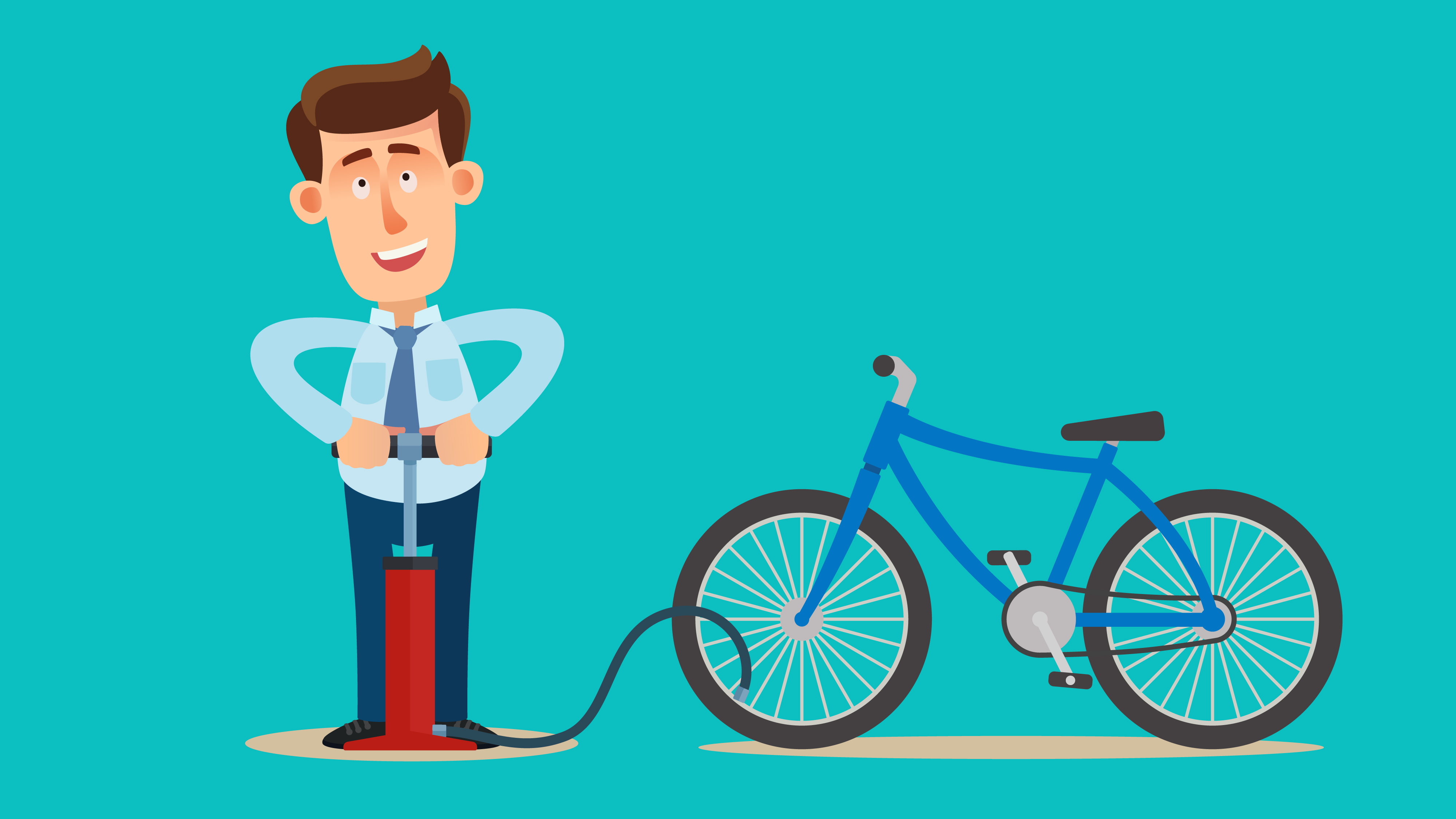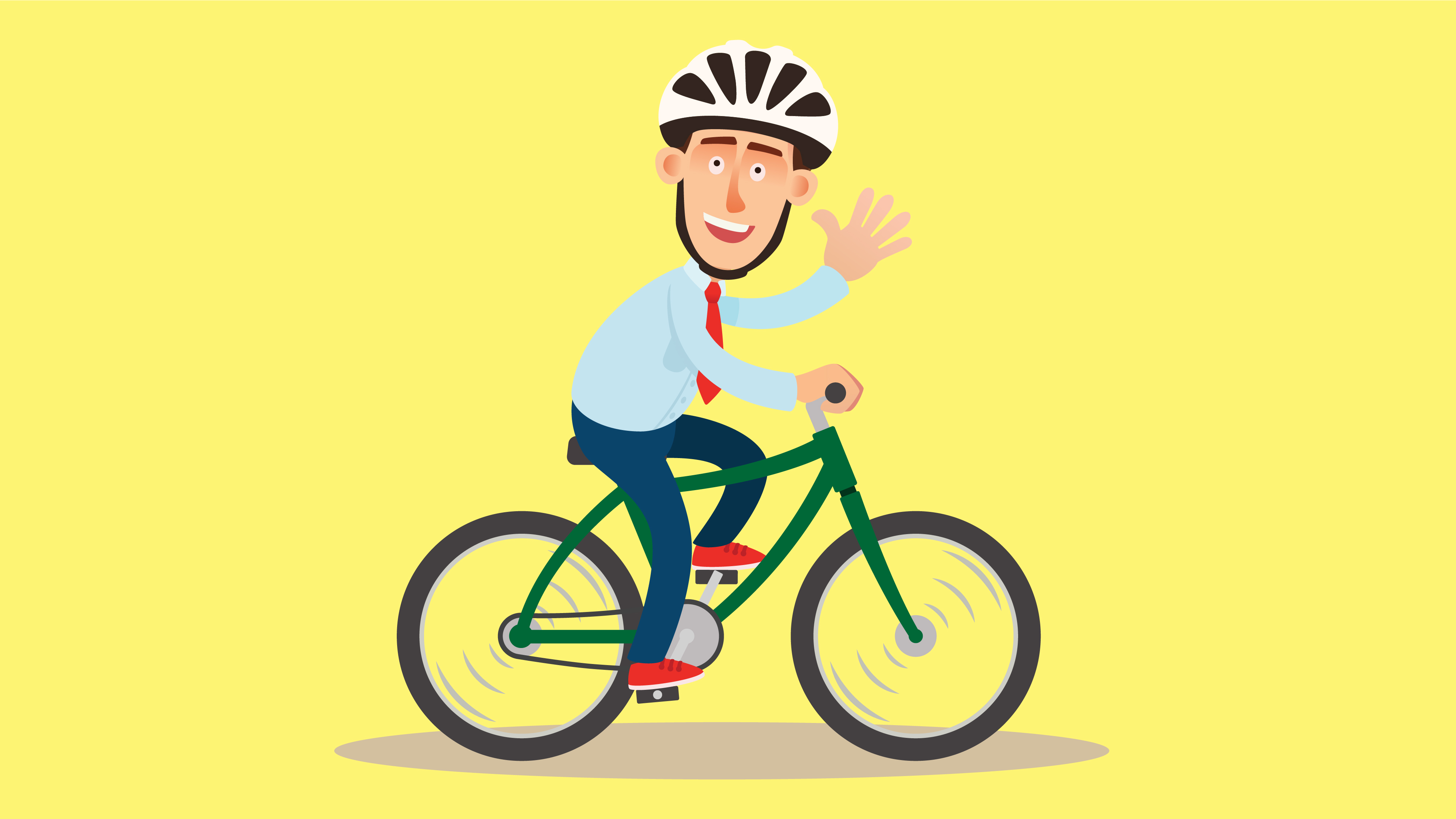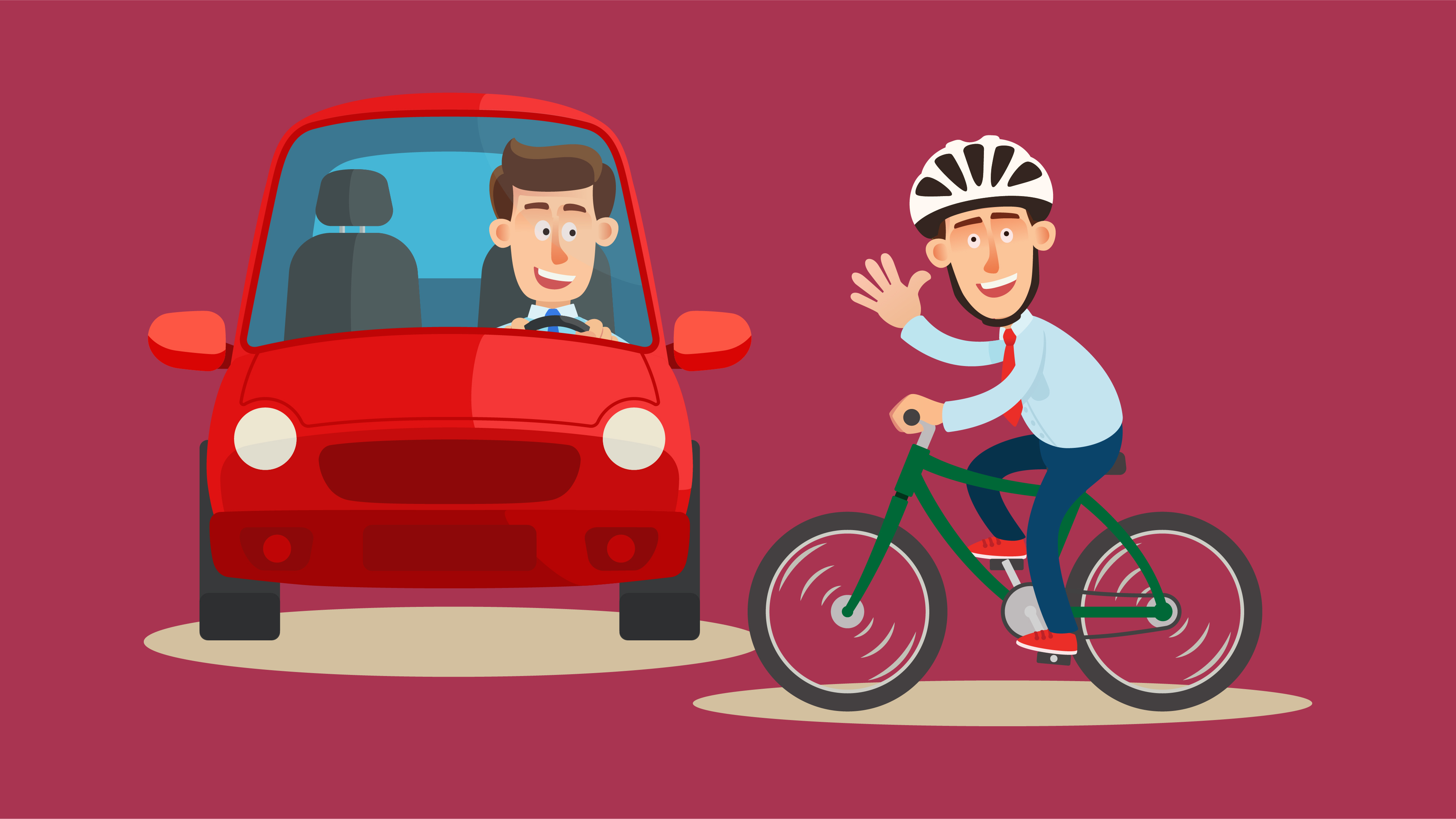Vulnerable Road Users - Cyclists
Singapore Motorist Guide: In collaboration with 'Use Your Roadsense', an initiative by Traffic Police


In this series of articles in collaboration with Use Your Roadsense, an initiative by the Singapore Traffic Police, Bridgestone Tyre Singapore brings to you tips and advice to be a better road user in Singapore.
For this last article in a six-part series, we bring you ways on how to use your roadsense, even as a user of a non-motorised vehicle on the road. The roads are a shared space for everyone, but it’s important to practice several safe cycling habits, as one of the most vulnerable road users.
“I’m an extremely safe cyclist!” you might quip. However, there’s no accounting for the actions of other road users, thus it’s important to not only practice safe cycling, but also defensive cycling. Here’s some tips on how you can stay safe!
Safe Cycling Tips | Before You Cycle

Being safe begins even before you ride on the roads, and even before you get on your bicycle! Prior to setting off on a ride, always perform these checks to ensure that your bicycle is in optimal operating condition.
1. Ensure that both front and rear lights are working
Lights perform two roles – for you to see, and for you to be seen. Whether you ride in the day or at night, functioning lights are extremely important. A study conducted in 2013 showed that cyclists equipped with a daytime running light was significantly less likely to be involved in an accident, as other road users were able to better notice them.
2. Ensure that the tyres are properly inflated, and not bald
Proper tyre pressure lets your bicycle roll quickly, ride smoothly, and avoid punctures. Most bicycle tyres require 25-35 psi of inflation pressure, depending on your weight. As a rule of thumb, you should check your bicycle’s tyre inflation pressure on a monthly basis.
3. Ensure that the chain and brakes are functioning properly
The chain and brakes are one of the hardest-working components on a bicycle, being subject to pressure and tension on each ride. They’re also the most important components – you won’t get any movement without a chain, and you can’t effectively stop movement without brakes! Before setting off, always check that the chain has less than 25mm of play, and that the brake shoes are not excessively worn.
4. Adjust the handlebars properly
Many people experience discomfort during and after cycling, caused in part by poor positioning of the handlebars. This can cause stress-related discomfort in your wrists, arms, neck, and back, with long term side effects. Always ensure that your handlebars are at least as high as your seat, or even above it, so you can ride upright.
Safe Cycling Tips | While You’re Cycling

As a road user, safety begins with you. That’s why due diligence on everyone’s part is required for the safety of everyone, regardless of whether you’re on a car, motorcycle, or bicycle. Here’s some tips to stay safe while you’re cycling.
1. Keep a safe distance between yourself and other road users
Safe distances apply not just during the pandemic, but every time you ride on the roads. Maintaining a safe distance between yourself and other road users gives everyone sufficient reaction time to avoid accidents. When riding near parked cars, keep at least one metre away in case the occupants open their doors unexpectedly.
2. Apply your brakes early when slowing down or stopping
Smoothness is key when it comes to braking. Not only is it safer for you as a cyclist, but also allows other road users to anticipate your next movement. Use both your front and back brakes to slow down gradually and gently; when riding in wet weather, apply your brakes even earlier to account for the increased braking distance required.
3. Never ride across a traffic junction without checking
Darting across a traffic junction is the worst possible thing to do. The risk of a traffic accident between yourself and other road users becomes significantly higher, as they’re unable to anticipate your movements. Worse still, they may not have noticed your presence on the road!
4. Wear your helmet when riding on the roads
Using a helmet while cycling could most certainly save your life in the event of an accident. According to a study conducted by the New York City Council, almost three-quarters of fatal bicycle accidents involved a head injury, with nearly all fatalities reportedly not using a helmet. As a cyclist, it’s also important to remember that helmets need replacing every 2 to 3 years, even if they appear to be in good condition.
Defensive Cycling Tips

Unless you’re a clairvoyant, you won’t be able to predict the actions of other road users that might put you in harm’s way. That’s why taking a defensive stance is the best way to stay safe on the roads, regardless of the vehicle. Here’s some tips to be a defensive rider.
1. Always be alert of your surroundings and of other road users
The bottom line in being a defensive rider is to always be alert of your surroundings. Only when you’re aware of the goings-on around you, will you be able to exercise the necessary safety precautions. That means always looking around to check your surroundings, not using your mobile phone while riding, and anticipating the actions of fellow road users.
2. Always keep to the left shoulder of the road whenever possible
Not only does this place you in the safest possible traffic lane, it’s also a law! The Road Traffic Act states that riders of bicycles and power-assisted bicycles “as near as practicable to the far left edge of the road”. This serves the dual purpose of not obstructing faster traffic, as well as avoiding dangerous close overtakes by faster vehicles.
3. Always ride in a single file and not in a zig-zag manner
Although riding two abreast is allowed by law, riding in a single file is recommended for the same reasons as the point above – making overtaking maneuvers by other motorists safer and quicker. However, do note that riding two abreast is not allowed in bus lanes during bus lane operation hours; during this time, cyclists cycling in bus lanes are to cycle in a single file only.
4. Avoid riding on highways and against the flow of traffic
Riding on highways is a big no-no, as the hefty speed disparity between bicycles and other motorized vehicles gives other motorists little time to react. Similarly, riding against the flow of traffic not only increases the speed disparity, but you’ll also not be able to read traffic signs and signals, which are all facing the correct direction.
FOUND THIS ARTICLE USEFUL?
For more information about 'Use Your Roadsense', an initiative by the Singapore Traffic Police, visit their Facebook page. For other articles sharing nifty driving tips, head on over to our Tyre Clinic.
